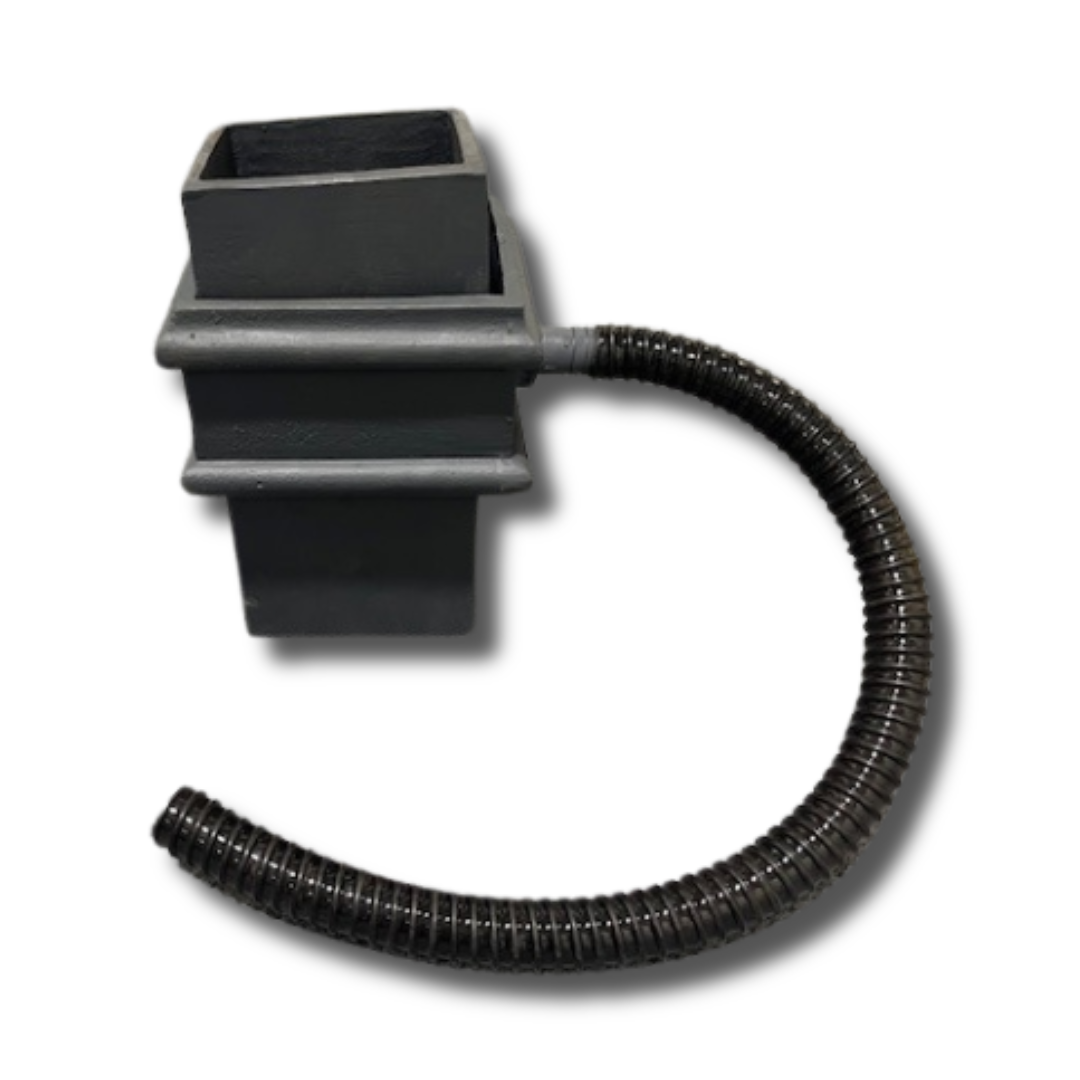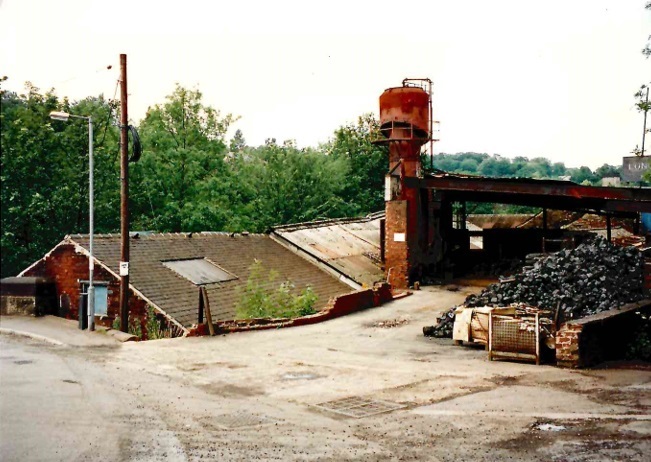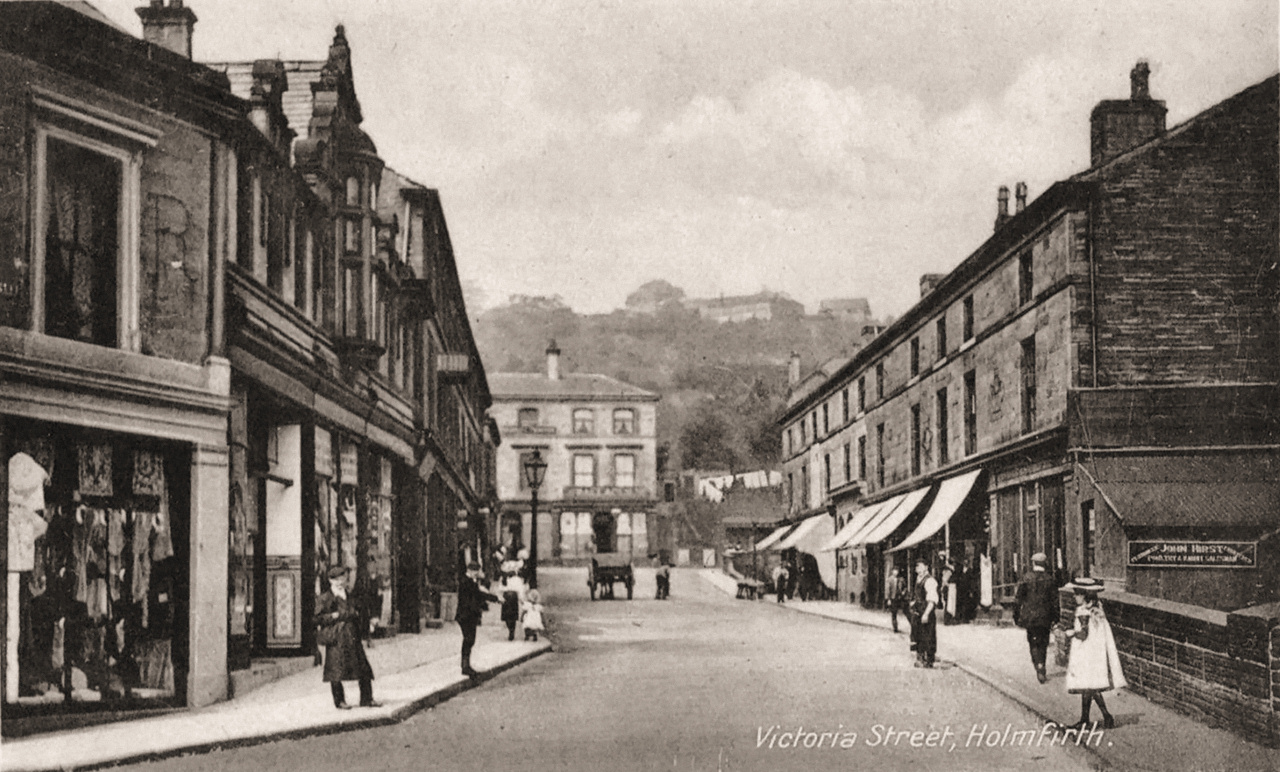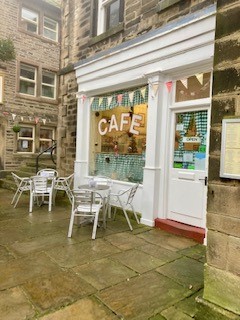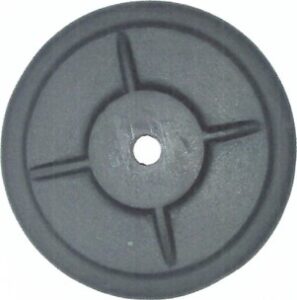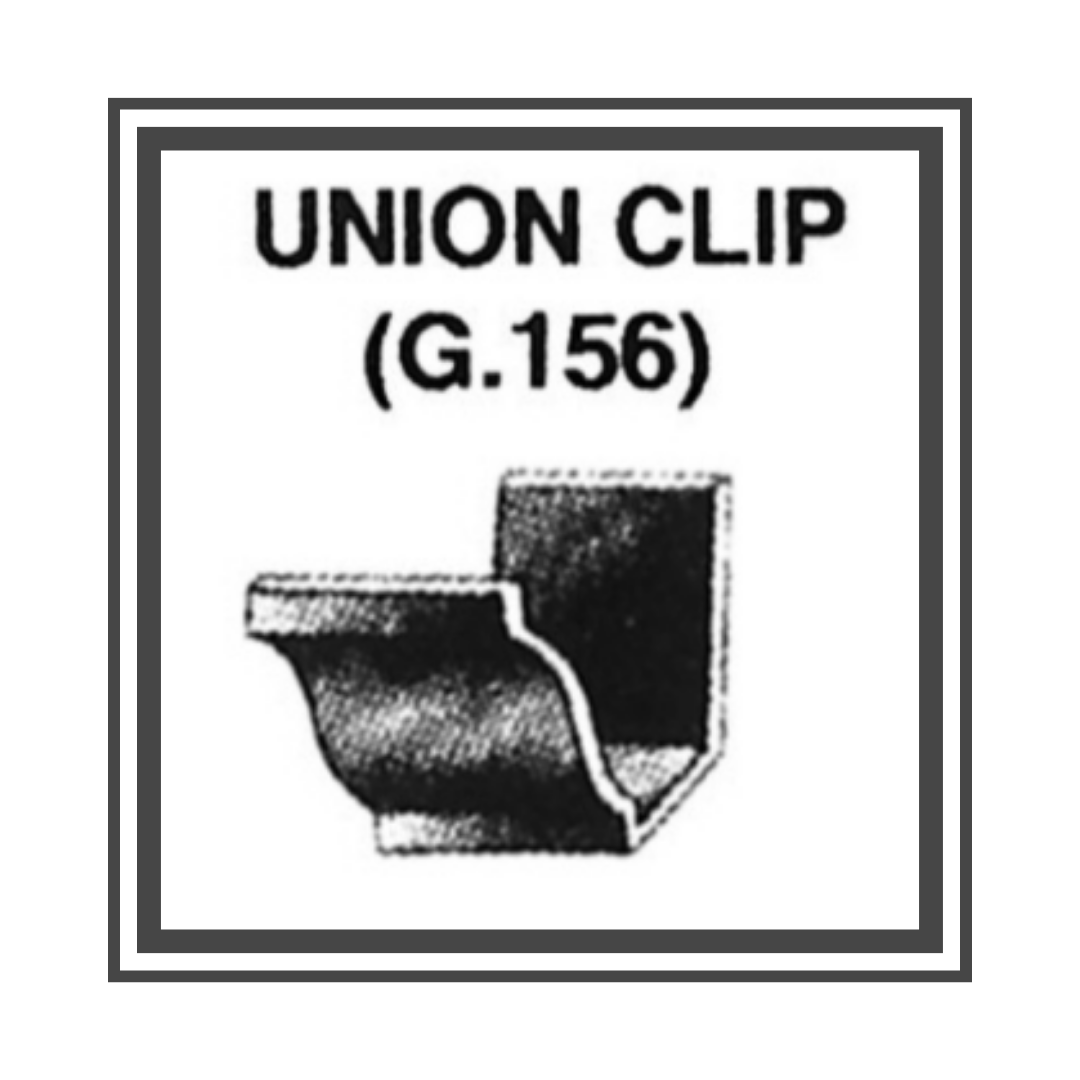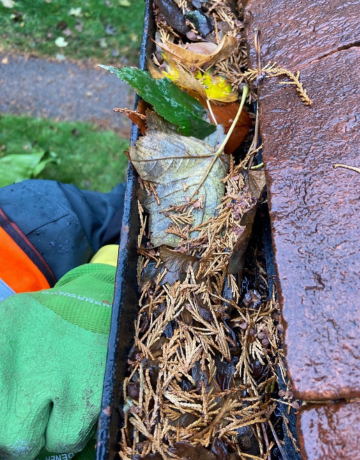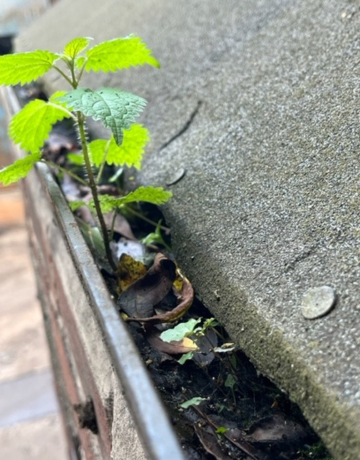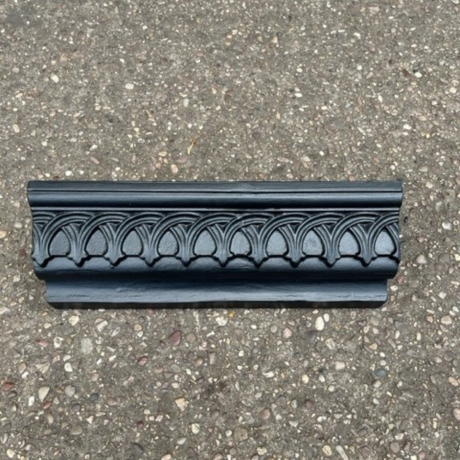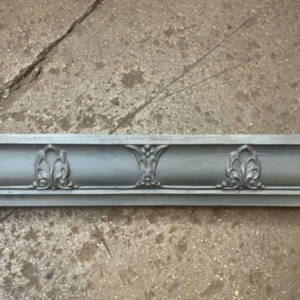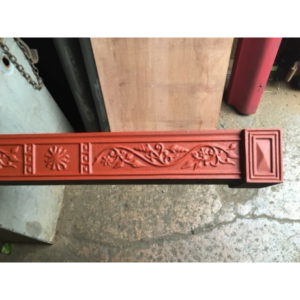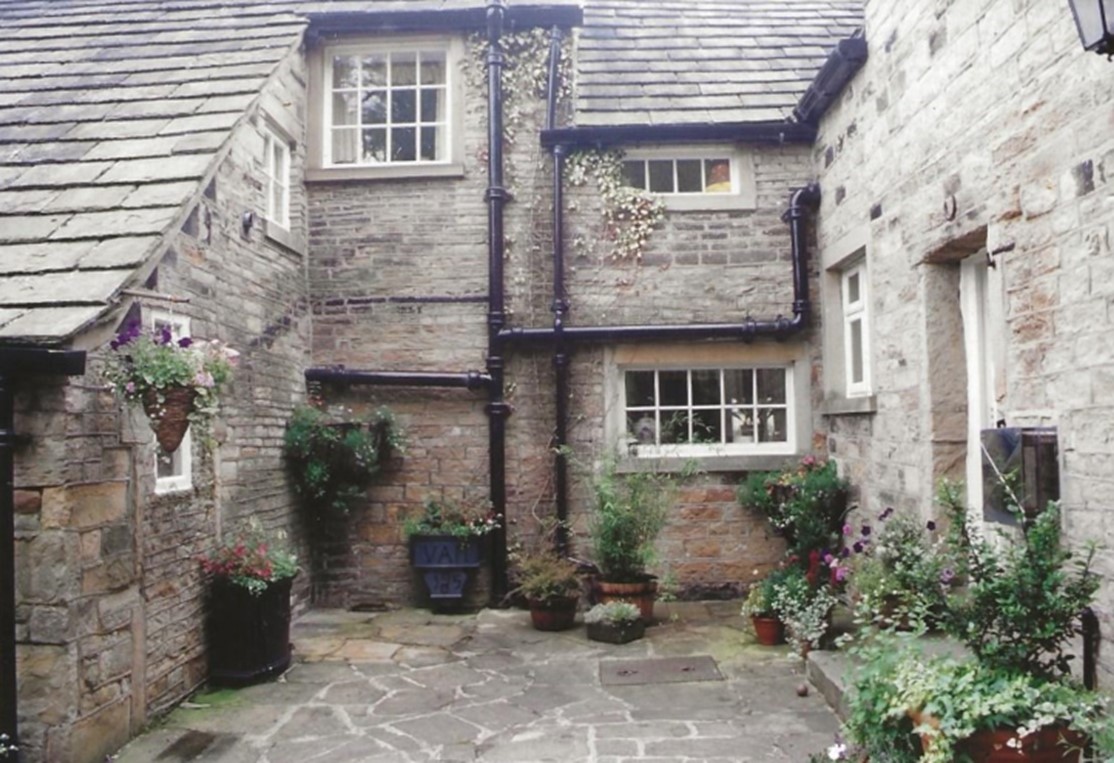It’s hard to imagine water shortages after all the rain we’ve had so far this year, but it’s still important to conserve water. Out of all the water on the planet, there is less than 1% accessible fresh water for us to use. Population growth, climate change and rising water use for industry, all impact water availability. If we don’t take efficient action now, the UK could be hit by water shortages in 2050.*
A rainwater diverter is an excellent way to conserve and harvest water to use during the drier, summer months, reducing water bills whilst helping the environment.
A diverter attaches to the downpipe that takes rainwater from the roofline guttering, channelling water from the drainage system down a flexible pipe to a storage tank or water butt. Our diverter kit allows approximately 50% of the water go into the butt with the rest going down to the ground drainage system. With careful installation, when the water butt is full, excess water will flow back up the flexible pipe, down the rainwater pipe and into the drain.
We offer this product for all sizes of round pipe and a rectangular option which will fit any of our standard square or rectangular pipes. Contact us to find out more.
*Source, Waterwise
